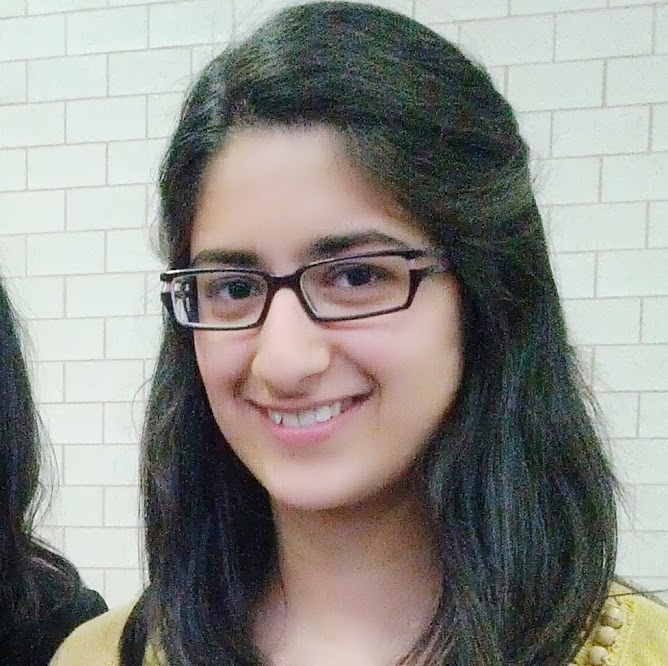Following our introduction to our project investigating field burning across the world, we're starting with an overview of field burning in Brazil, with a focus on the state of São Paulo (indicated on the map below by the initials SP).
The situation in Brazil
 |
| São Paulo is at the heart of Brazil’s sugarcane industry, and has set an eco-friendly example for other regions through its successful ‘Green Protocol’. |
In 2012, Brazil produced 25% of the world’s sugar and 50% of the world’s sugar exports. The sugarcane sector employed 70,000 growers with the direct employment of 1.18 million people and an annual sector revenue of US$ 28 billion. US$ 16.2 billion of foreign revenue was generated in 2012.
The statistics above illustrate that the sugar industry is an important sector of Brazil's economy. Through eliminating field burning, the government aims for the production of sugarcane in the country to be sustainable so that Brazil can continue to retain its competitive advantage over other producers of sugar. Field burning has occurred in the country’s fields for hundreds of years for a variety of reasons, the most common of which are: to remove sugarcane straw (which consists of the plant’s tops and leaves); to drive out snakes; and to allow the cane to be cut more easily by hand.
What's the government doing to tackle the problem?
We've already discussed the problems created as a result of field burning in our introduction. The Brazilian government, well aware of those issues, has issued many laws to counter field burning.It was the aim of Federal Decree No. 2,661 of 1998, the state of São Paulo Law 10,547 in 2000, and Act No. 11,241 in September 2002 to gradually eliminate the burning of sugarcane straw. These laws provided different schedules for banning field burning both in Brazil and the state of São Paulo, and burning was categorically prohibited in areas such as protected ranges, highways and those areas adjacent to urban settlements. They were followed in 2007 by the ‘Green Protocol’, which was signed by the São Paulo state government, UNICA (The Brazilian Sugarcane Industry Association), Orplana (The Sugarcane Producers Organization of Central Southern Brazil), and, to date, 168 of the 178 sugarcane mills in the state. (It is interesting to note that there are 413 mills in the entire country, so with 178 mills the state of São Paulo produces a fairly large proportion of the nation's sugar.) Through committing to the ‘Green Protocol’, the parties involved devised the targets of eliminating field burning by 2014 in areas where mechanisation is possible, and by 2017 in steeper areas.
Approximately 72.6% of sugarcane harvesting in São Paulo is now mechanised, and this is expected to rise to 90% by 2014. It is estimated that by 2017 all harvesting in São Paulo will be mechanised, by which time, through the removal of field burning alone, it is predicted that São Paulo’s CO₂ emissions will have been reduced by 8.5 million tons over a ten-year period.
Compliance with the ‘Green Protocol’ has been policed by the state government, and a similar protocol was signed in 2008 for the state of Minas Gerais. Outside states with procedures such as those in São Paulo (where field burning is being driven out of practice), Brazilian farmers are permitted to burn their fields once they have authorisation from their state government. However, field burning is entirely prohibited in the daytime during dry periods so that the health of nearby communities is protected. From 2018, a federal decree will forbid pre-harvest burning on large farms which can be mechanised.
Is there any scope for the Pyroformer™?
In our introduction, we explained what the Pyroformer™ was, as well as how it could help farmers and governments by providing a feasible alternative to field burning. Brazil's state of São Paulo, however, seems to be on track to achieving the elimination of field burning by 2017. So could the Pyroformer™ still provide a useful service to the people of Brazil?
Despite the apparently successful and confident handling of the problems created by field burning, there may still be a strong market for a product such as the Pyroformer™ in Brazil, because one of the upcoming priorities of the ‘Green Protocol’ is to research the use of straw for energy. Sugarcane straw, which is currently left on fields after harvest to improve the fertility of the soil and to protect fields from being eroded by rain, could be pelletized and fed into the Pyroformer™, forming bio-oil, bio-char and bio-gas as fuels. It is estimated by the state government of São Paulo that if 50% of the amount of straw generated last season had been used for CHP (Combined Heat and Power), it could have supplied 31% of the residential energy consumption in the state. This would be particularly useful during Brazil’s dry season, when hydroelectric power levels are low, but the sugarcane harvest is at its peak.
Bibliography:
- General overview of field burning in Brazil: http://sugarcane.org/sustainability/best-practices
- Information about legal attempts at preventting field burning: http://sugarcane.org/resource-library/studies/Wageningen%20-%20Chapter%205.pdf
- Information about the 'Green Protocol' and CO2 emissions in SP from: http://english.unica.com.br/noticias/show.asp?nwsCode=%7B7F608E66-EF83-4106-A405-0940D34E8851%7D
- Statistics about current rates of field burning and the potential of sugarcane straw: http://www.ambiente.sp.gov.br/acontece/colheita-mecanizada-da-cana-cresce-em-sao-paulo/ (Information obtained via the English translation of the original Portugese.)
- Map of Brazil's sugarcane industry: http://english.unica.com.br/content/show.asp?cntCode={D6C39D36-69BA-458D-A95C-815C87E4404D}
- Statistics about Brazil's sugarcane industry obtained from: http://www.eia.gov/biofuels/workshop/presentations/2012/pdf/leticia_phillips.pdf

0 comments:
Post a Comment
Hi there!
We'd love it if you'd share your thoughts and ideas. Don't forget to check back after commenting because we try to reply to all of your comments.
Just remember to be nice, please!
:)